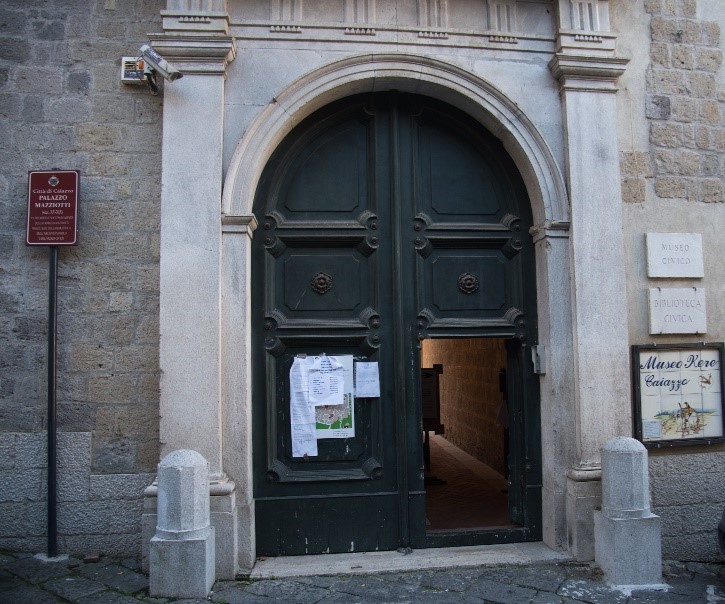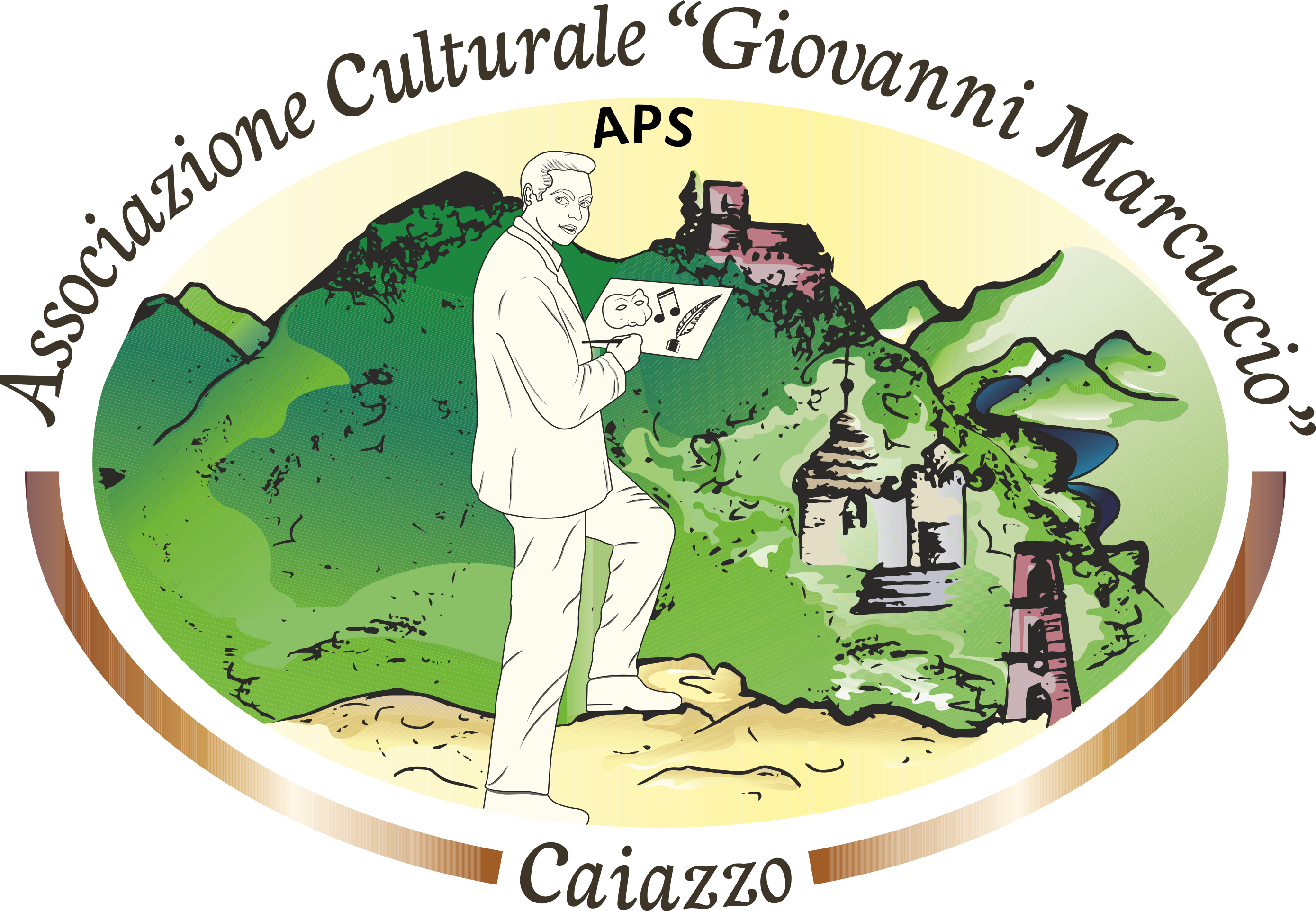Palazzo Mazziotti

Palazzo Mazziotti
Palazzo Mazziotti
Palazzo Mazziotti is located in Via Umberto I, it was dedicated in the 15th century by Bishop Giuliano Mirto Frangipane, appointed in 1942 by King Ferdinando of Aragon Chaplain Major, Royal Councillor and Governor of the Royal Studies of Naples. As evidence of this we find an epigraph walled in the atrium dedicated to the bishop.
The palace from Mirto-Frangipane then passed to the Counts San Severino and Mazziotti from which it takes its current name. Probably the stone portal and the closing of the loggia of the attic are due to Luigi Mazziotti (1819-1867).
Angelina Maturi, widow of Cesare Mazziotti, following the wishes of her late husband, arranged after her death in 1902 the bequest of the palace and other assets for the foundation of a beggar. However, this work was never carried out and the goods passed to the congregation of charity. With the reunification of the charitable institutions the property merged into the Opere Pie reunited. From them the Municipal Administration bought it for use in cultural and exhibitions activities.
On the second floor there is the Civic Library ‘Giuseppe Faraone’.
The Library of Municipalities and Local Communities of the Campania Territory Giuseppe Faraone, established in 2001, is an important center for the in-depth study of the history of municipalities and local common that houses about 7000 titles.
The material is divided into several sections: Ancient, Muticultural, General, Guys, Regional, Multimedia.
He received substantial donations from private individuals. It also houses the Library of the Historical Association of Caiatino, which presents many interesting works for local history.
On the third floor we find the historical archive of the town of Caiazzo with ancient documents.
During 1999, at the end of the restoration works, important architectural and archaeological remains from the Samnite, Roman, Medieval, Renaissance and Baroque periods emerged.
In the courtyard has been recovered the pedestal of a statue with a sculpted epigraph that recalls the monument erected to Quinto Gavio Fulvio Proculo, patron of Caiazzo, and these elements are now proposed in the insula of the Palace.
Quintus Gavius Fulvio Proculus. Son of Quinto, grandson of Quinto, great-grandson of Quinto, grandson in the fourth grade of Quinto, of the Falerna tribe, tribune of the VIII Augusta region and patron of the Caiatino Municipality, to whom the Decurioni, the Augustali and the people erected a monument.
Externally a square has been created that covers the archaeological area that emerged during the restoration works, where there are the remains of Roman and Medieval buildings. This space acts as a connecting link between the exhibition-theatre area and that of the Palace.
The building has two entrances, one noble and one for horses and is spread over four levels. On the ground floor, there is a hall, a courtyard, a cistern, furnaces, stable, a storage room. On the first floor a stately apartment. On the second floor there are apartments for other family members and a Renaissance loggia.
Under the roof of which the ancient trusses have been arranged in sight, there is then a bridge consisting of a metal structure that digging Vico San Severino connects the second floor with a building never belonged to the Mazziotti family that now serves as an exhibition gallery.
On the ground floor there is the Jovinelli Theatre.
Dedicated to the illustrious caiatino Giuseppe Jovinelli who was born in Caiazzo on 22 March 1866 and died in Rome on 20 December 1924.
His real surname was Iovinella, changed into Iovinelli perhaps due to an error of transcription of the register of the birth, and later in Jovinelli.
Giuseppe Jovinelli opened a traveling amusement park and began to tour Italy. In Naples he frequented the environment of coffee-concerts. He moved to Rome, in the Esquilino district. Jovinelli soon became known and respected in the area of Piazza Guglielmo Pepe, where at the end of the nineteenth century there were the barracks and folk theatres described by Ettore Petrolini in his memoirs.
He built in Piazza Pepe his first wooden theatres, the Teatro Margherita, destroyed by a fire in 1905, and the Umberto Pavilion, and in 1903 he began projects for the construction of a brick theater , but that then took the name of Jovinelli Theatre, an architectural jewel in liberty style.
The new theatre was inaugurated on 3 March 1909 with a performance by Raffaele Viviani. Today the Ambra Jovinelli Theatre is a theatre intended mainly for comic theater performances.
Just in memory of the latter the Piccolo Teatro Jovinelli in Caiazzo is home to cultural events and in the last year of pandemic was also location of graduate sessions at a distance.
In Vico San Severino there is a monument made by master Renzogallo dedicated to the Little Prince as part of the events organized in Caiazzo on the occasion of the centenary of the birth of Saint-Exupery author of the novel.
The service rooms are located next to a tower passable by a narrow and steep staircase. They include rooms for baking in which we find tuff ovens with openings at the bottom to contain firewood.
Then there are the stalls paved the limestone to allow the outflow of horse sewage, feeders and holes for the housing of the poles on which the cover was mounted to deposit hay. On the floor of the tower we find a small balcony with a hatch to allow the supply of water from the well.
Currently the Palace houses the municipal offices.
